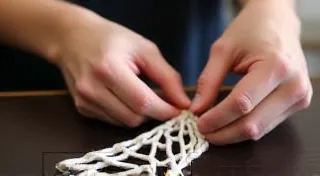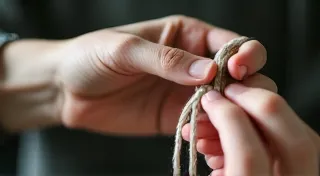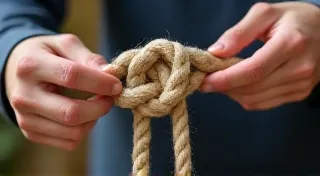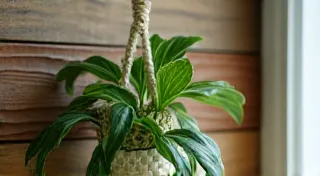How to Read & Understand Macrame Pattern Diagrams
Feeling intimidated by macrame patterns? Don't be! While they might look like a secret code at first glance, macrame patterns are simply a visual language for guiding you through knotting techniques. This guide breaks down the symbols and instructions, making it easier to follow even complex designs.
Why Use Macrame Pattern Diagrams?
Macrame patterns offer a standardized way to communicate knotting sequences. Imagine trying to explain a complex knot sequence over the phone! A diagram provides a clear and concise visual representation, allowing creators to share their designs easily. Even if you're a seasoned macrame artist, understanding patterns opens up a whole world of new projects and inspirations. Before you even start tying, ensuring you have the right tools at your fingertips can also ease your journey. Check out Macrame Tools & Supplies: What You Really Need to Get Started for a comprehensive list.
Decoding the Symbols: A Beginner’s Guide
Let's break down the most common symbols you’re likely to encounter in macrame patterns:
Rope Symbols
These symbols represent your cords or ropes. Different symbols indicate different amounts of rope. Generally:
- Single Line: Represents one strand of rope.
- Double Line: Represents two strands of rope.
- Dotted Line: Often indicates a rope that's trimmed or cut after the knot is tied.
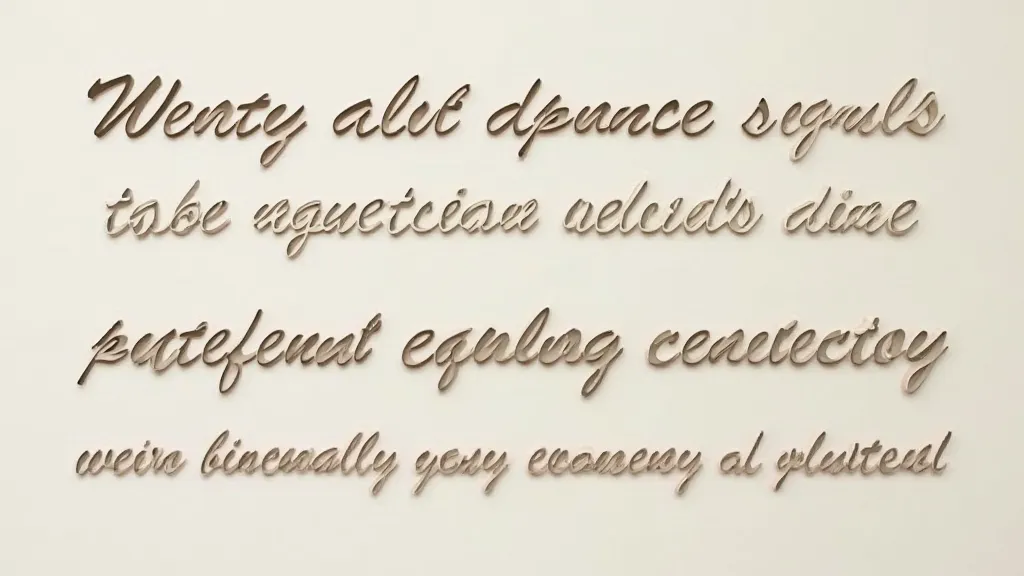
Knot Symbols
This is where it gets interesting! Each knot has a unique symbol. Here are a few essential ones:
- Square Knot (SK): Often represented by a diamond shape or a stylized "X."
- Half Hitch (HH): Usually depicted as a small "L" shape.
- Overhand Knot (OK): Can vary slightly, but often resembles a simplified knot shape.
- Josephine Knot: A more complex knot, typically shown with a specific, detailed symbol.
The pattern will usually have a key or legend explaining these symbols. Don't skip this section! A secure finish is crucial, and the Gathering Knot: A Stylish Finishing Touch is a great option to explore for a polished look.
Arrows and Instructions
Arrows guide you through the process. Pay attention to:
- Direction: Arrows clearly show which ropes you're working with and in what order.
- Repetition: Numbers or symbols repeated next to an arrow indicate how many times to repeat the knot or sequence.
- Grouping: Symbols grouped together often represent a series of knots to be tied in sequence.
Understanding Pattern Layout
Most patterns are laid out in a vertical or horizontal format. The vertical format is the most common. Each row represents a new step or sequence. Follow the rows carefully, completing each step before moving on. Look for "Start" and "End" points, especially in more complex patterns. These show you the beginning and conclusion of the sequence. The act of knotting itself is inherently tied to ancestral knowledge, and exploring Echoes of the Weaver: Finding Ancestral Rhythms in Hand Knotting can add a deeper appreciation to your craft.
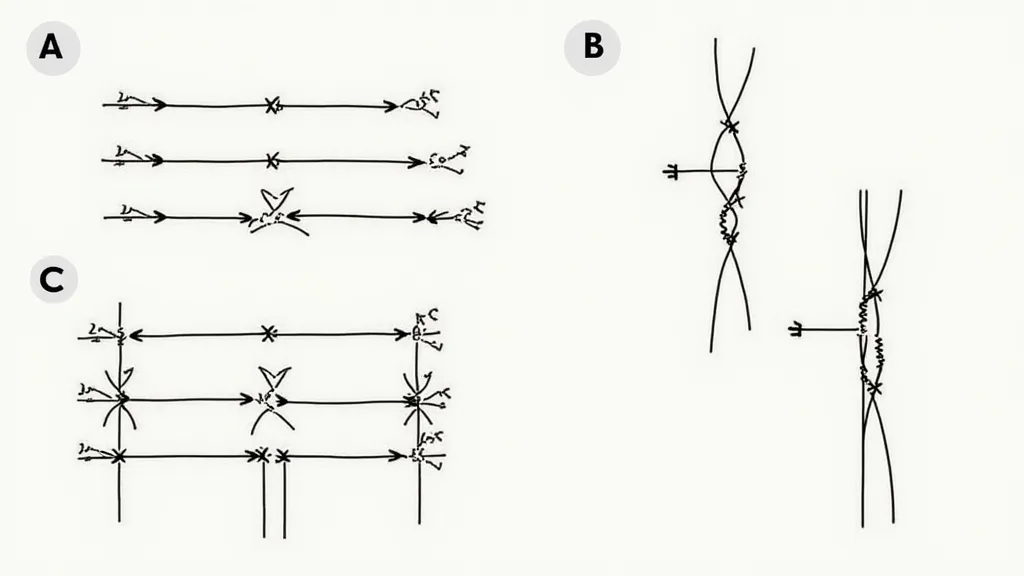
Tips for Beginners
- Start Simple: Don't jump into a complex pattern right away. Choose a beginner-friendly design with easy-to-understand symbols.
- Consult a Knotting Guide: Keep a knotting guide handy (either online or as a physical book). Refer to it to clarify any knot symbols you're unsure about.
- Practice the Knots: Before tackling a pattern, practice the individual knots until you feel comfortable tying them.
- Read the Entire Pattern First: Take a moment to review the entire pattern before you begin. This will give you a better understanding of the overall design.
- Don’t Be Afraid to Pause: If you get stuck or confused, don’t hesitate to pause, re-read the instructions, and check your work.
Advanced Pattern Interpretation
As you become more comfortable, you'll start to recognize recurring patterns and abbreviations. Many patterns use a grid-like system, where each square represents a specific knot or sequence. Understanding these advanced techniques will allow you to modify and even create your own macrame designs! The possibilities are truly limitless, and the story woven into each piece becomes a reflection of the maker’s vision. Consider how patterns themselves can function as narrative blueprints; it’s more than just a sequence of knots—it’s a framework for expression. Exploring The Geometry of Absence: Macrame Patterns as Blank Canvas for Narrative dives deeper into this fascinating aspect of the craft.
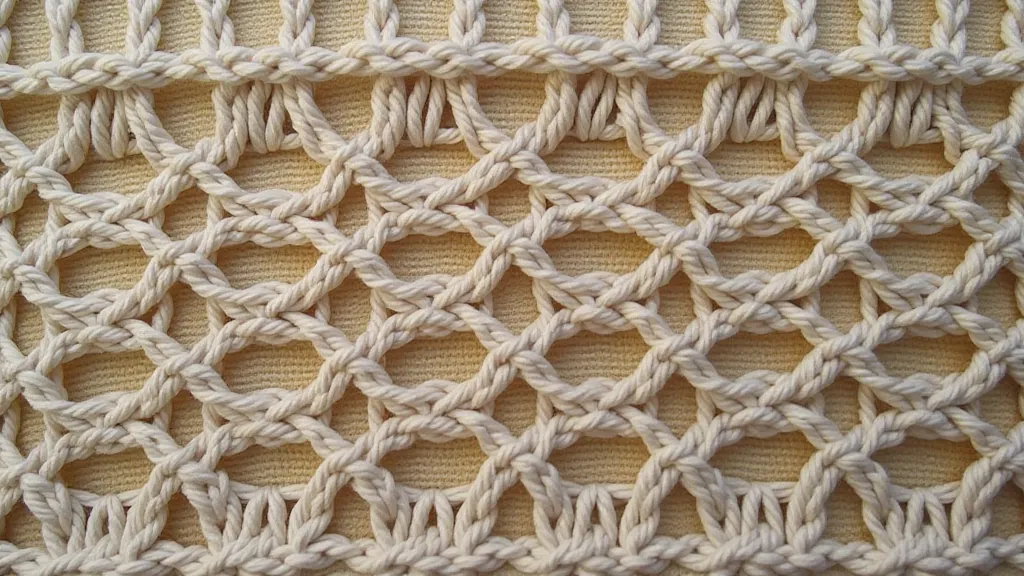
Macrame, at its heart, is about creating something tangible and beautiful with your own hands. It’s a process of mindful repetition, and a journey of discovery. From mastering the basic knots to understanding advanced pattern interpretation, there's always something new to learn and explore. Don't be afraid to experiment and put your own personal touch on your creations. The most rewarding aspect of macrame is the satisfaction of creating something unique and meaningful, a piece that embodies your creativity and skill.
With practice and patience, reading macrame patterns will become second nature. Happy knotting!
